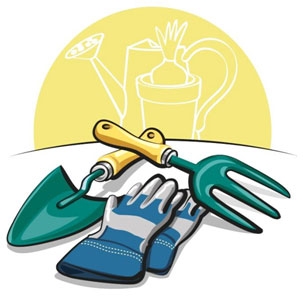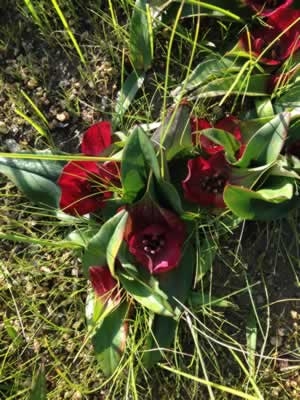
Education and Family Fun with interactive activities such as:
- Maypole Dance
- Nature Walk
- Face Painting
- Lady Bug Rocks
- Story Telling
Participants include UCCE Master Gardeners, Huntington Beach Water Dept, Rainbow Environmental Services, Inside the Outdoors, O.C. Dept of Education and Shipley's Compost Center.
California Native Plants for sale. Maypole Dance begins at noon.
Free admission. Donations appreciated
17851 Goldenwest Street in Huntington Central Park
info@shipleynature.org. Phone: 714-842-4772

- Saturday, Mar 29
10-11am
The Scoop on Soil - Saturday, Apr 5
10-11am
Colorful Sustainable Landscapes - Saturday, Apr 12
10-11am
Creative Containers - Saturday, May 3
10-11am
Eat Your Patio!
Download 2014 Spring Garden Workshop Series detail

Among the activities will be: education regarding the planting of native plants; understanding the connections between the insect population and native plants; introduction to butterflies and how they are beneficial to native plants; and native plant sales.
Master Gardeners will have a booth to hand out related materials; hold 5 minute planting demonstrations, and provide information on creating a children's garden along with seed packets to get them started.

Come enjoy this once a year event at the UCI Arboretum. The UCI Arboretum is open Tuesday through Saturday between the hours 9:00amto 3:00pm. It is closed on Sunday and Monday.
If you would like a personal tour lead by the Master Gardeners who lovingly work at this venue, please plan to arrive on any Wednesday between 9:00 and 11:30 am.
UCI's Arboretum is located near the corner of Jamboree and Campus in Irvine. As you travel down Campus southbound, make the first right into the parking lot.
See more at their website: http://arboretum.bio.uci.edu/


1. Prioritize Your Plants-First, determine which plants are most susceptible to water stress. High on your watering list should be plants that are valuable in terms of replacement cost, prominence in the landscape and enjoyment. High Priority- trees and shrubs (especially those that are young and planted in an exposed site). Large, mature shade trees and shrubs can be left alone unless the drought is severe and the trees begin to wilt, or the root systems have been recently disturbed. Medium to high priority- perennials, fruit and nut trees, small fruits and vegetables; turf that is less than one-year old. Low priority- annual flower and herb plants, ornamental grasses, established turf. These are relatively inexpensive and easily replaced. It may be difficult to keep large beds of annuals adequately watered during a drought Densler-front-4 copy
2. Apply 3-4” of mulch around plants to keep weeds down, conserve soil moisture and moderate soil temperatures. Make sure the mulch is 3-4” away from the trunk/stem of the plant to prevent rot. Mulching minimizes evaporation of water from the soil surface, reducing irrigation need by around 50%.
3. Control weeds around shrubs, vegetables and flowers. Weeds can out-compete cultivated garden plants for water and nutrients.
4. If purchasing new plants, research those that are low water users. All plants require water to become established (CA Natives included) but there are some that are bigger water guzzlers than others.
5. When possible, add organic matter (compost) to your soil. This will improve the water-holding capacity during dry weather and promote good drainage during wet weather.
6. Irrigate early in the morning. Less water loss occurs from evaporation and wind drift in the morning because of cooler temperatures and less wind. patio-123
7. Use a broom to clean driveways, sidewalks and steps. Using a hose to push around a few leaves and scraps of paper can waste hundreds of gallons of water.
8. Don't fertilize or, if you do, do so with a low nitrogen fertilizer. Fertilization stimulates growth and increases water needs.
9. The type of soil you have largely determines how often you should water: Clay soils may only need to be watered once during a given period while sandy soils may need two or three waterings during the same time.
10. Avoid runoff and puddling by spacing out, or cycling, irrigations. Let the sprinklers run for 10 minutes then shut them off for 10 minutes, allowing the water to absorb into the ground.


